Understanding Raw Materials for Nail Polish
The beauty industry has seen a significant rise in the demand for nail cosmetics, with raw materials for nail polish being at the core of this surge. These materials are the building blocks of various nail products, from classic varnishes to modern UV gel nails. This introduction delves into the components that make up nail polish, their functions, and their impact on the final product's quality and durability.
Types and Applications of Nail Polish Raw Materials
Nail polish is composed of an intricate blend of ingredients, each serving a unique purpose. Solvents, resins, plasticizers, pigments, and other additives work in tandem to create the desired consistency, color, and wearability. The choice of solvents affects drying time and application, while resins contribute to the polish's adhesion and gloss. Plasticizers are crucial for flexibility, and pigments provide the vast array of colors available in the market. These components are carefully selected to ensure they meet the diverse application needs, from personal beauty routines to professional salon services.
Features and Advantages of High-Quality Nail Polish Materials
The quality of nail polish raw materials directly influences the performance of the nail polish. High-grade materials result in a product that is not only aesthetically pleasing but also long-lasting and less prone to chipping. Furthermore, advancements in raw materials have led to the development of products that are more environmentally friendly and safer for consumers. The transparency and shine of a nail polish, as well as its ability to resist yellowing, are all attributable to the caliber of the raw materials used.
Materials and Innovation in Nail Polish Development
Innovation in the field of nail polish formulation is ongoing, with new materials being introduced to enhance the user experience. For instance, the incorporation of UV stabilizers in the raw materials has allowed for the creation of polishes that maintain their color and integrity longer when exposed to sunlight. Additionally, the development of hypoallergenic formulas addresses the needs of users with sensitive skin, ensuring a broader consumer base can enjoy the beauty of nail polish without adverse effects.
Sustainability and Safety in Nail Polish Raw Materials
The trend towards sustainability has not bypassed the nail polish industry. Suppliers are increasingly sourcing eco-friendly raw materials to create products that align with the growing consumer demand for environmentally responsible options. Safety is another paramount concern, with rigorous testing of raw materials to avoid harmful substances and ensure compliance with safety regulations.
Conclusion
The realm of nail polish raw materials is complex and ever-evolving, with each component playing a critical role in the functionality and success of the final product. As the industry continues to innovate, the focus on quality, safety, and sustainability remains at the forefront, ensuring that consumers have access to superior nail cosmetics. For businesses looking to source these materials, understanding their properties and applications is essential in making informed purchasing decisions.
















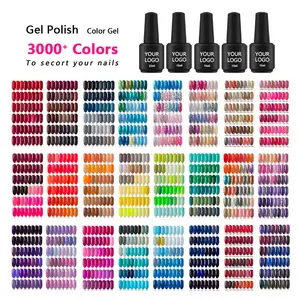


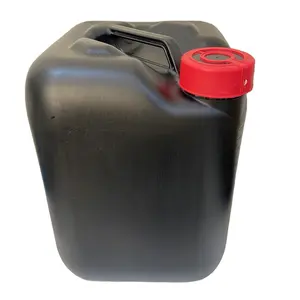


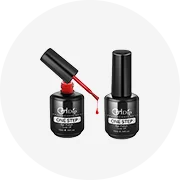
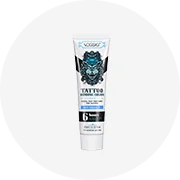
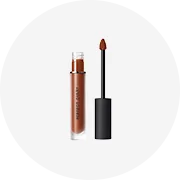

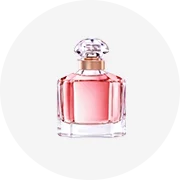














 浙公网安备 33010002000092号
浙公网安备 33010002000092号 浙B2-20120091-4
浙B2-20120091-4